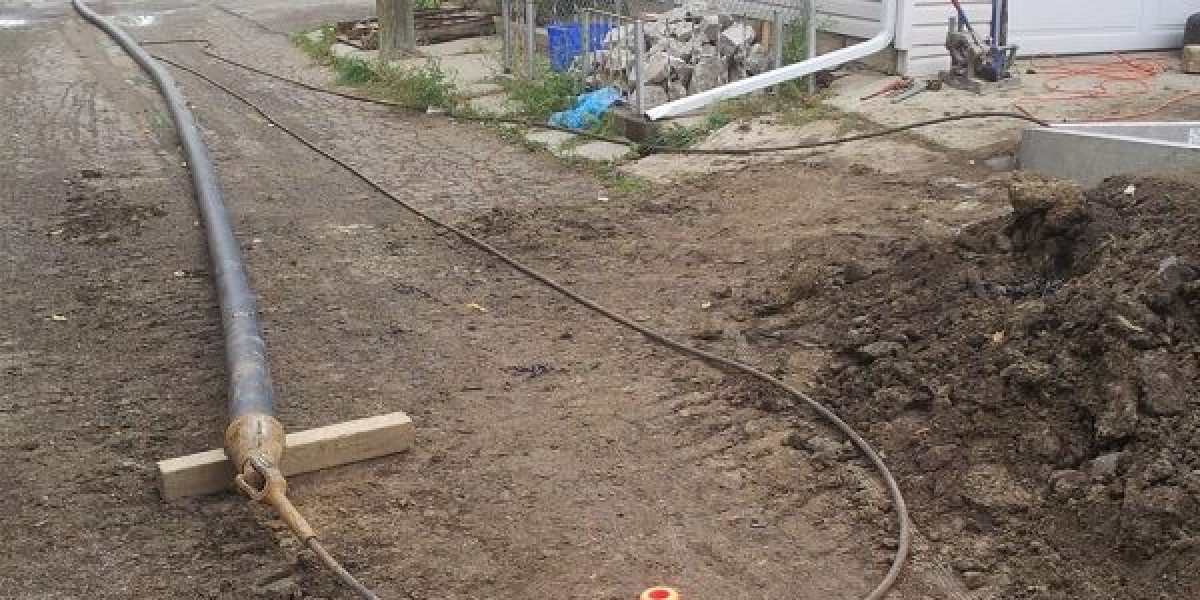Edmonton, with its breathtaking winters, is no stranger to the challenges that extreme cold temperatures bring. One prevalent issue that homeowners often face during the frigid months is burst pipes. The combination of low temperatures and vulnerable water lines can lead to significant plumbing problems, causing inconvenience and potential damage to homes. In this comprehensive guide, we will explore the causes, prevention strategies, and effective solutions for dealing with burst pipes in Edmonton's cold climate.
Understanding the Causes:
Before delving into solutions, it's crucial to understand why pipes are prone to bursting in cold weather. Edmonton's winters can be unforgiving, with temperatures plummeting to levels that can cause water within pipes to freeze. When water freezes, it expands, exerting immense pressure on the pipe walls. This pressure can lead to cracks and, ultimately, bursts. Identifying the root causes of burst pipes sets the stage for effective preventive measures.
Preventive Measures for Edmonton's Winter:
Preventing burst pipes in Edmonton requires a proactive approach, especially as temperatures drop. This section explores a range of preventive measures homeowners can take to safeguard their plumbing systems:
a. Insulating Pipes: Investing in pipe insulation is a cost-effective way to protect vulnerable water lines. Insulation sleeves or wraps help retain heat and prevent pipes from freezing.
b. Sealing Gaps and Cracks: Cold air infiltration can contribute to freezing pipes. Sealing gaps and cracks in the home's exterior, particularly around pipes and the foundation, helps maintain a warmer indoor environment.
c. Proper Insulation for Attics and Basements: Well-insulated attics and basements contribute to maintaining a consistent indoor temperature. This, in turn, helps prevent freezing and bursting of pipes in these areas.
d. Drip Faucets During Extreme Cold: Allowing faucets to drip slowly during extremely cold nights can prevent water stagnation, reducing the risk of freezing within the pipes.
e. Heating Cable Installation: Installing heating cables along exposed pipes can provide an additional layer of protection by generating heat and preventing freezing.
Identifying Frozen Pipes:
Despite preventive measures, homeowners may still encounter frozen pipes. Recognizing the signs of frozen pipes is essential for taking swift action to avoid bursts. This section outlines common indicators of frozen pipes, including reduced water flow, strange odors, and visible frost on the pipes. Timely identification allows homeowners to implement thawing methods before the situation escalates.
Thawing Frozen Pipes Safely:
When faced with frozen pipes, quick and safe thawing methods are crucial. This section provides a step-by-step guide to safely thawing pipes, emphasizing the use of gentle heat sources like towels soaked in hot water, electric heating pads, or hairdryers. Caution is advised against using open flames or excessive heat, as this can damage pipes and pose fire hazards.
Dealing with Burst Pipes:
Despite preventive efforts, burst pipes can still occur, and immediate action is necessary to minimize damage. This section outlines the steps homeowners should take when dealing with burst pipes, including shutting off the water supply, containing water damage, and contacting emergency plumbing services. A swift and organized response is paramount in mitigating the impact of burst pipes on the home.
Emergency Plumbing Services in Edmonton:
Edmonton residents facing burst pipes require prompt and reliable emergency plumbing services. This section explores reputable plumbing services in the area, highlighting their expertise in addressing burst pipes, conducting repairs, and offering preventive advice. Recommendations and reviews from satisfied customers can guide homeowners in selecting a trustworthy emergency plumbing service.
Insurance Considerations:
Homeowners in Edmonton should be aware of the insurance considerations related to burst pipes. This section provides insights into common insurance coverage for water damage caused by burst pipes and offers guidance on documenting the damage, filing claims, and working with insurance providers to expedite the restoration process.
Post-Repair Prevention and Maintenance:
After addressing burst pipes and conducting necessary repairs, homeowners must focus on post-repair prevention and maintenance. This involves reinforcing preventive measures, regularly inspecting the plumbing system, and ensuring insulation and heating systems are functioning optimally. Proactive maintenance reduces the likelihood of future incidents and safeguards the longevity of the plumbing infrastructure.
Community Resources and Workshops:
Edmonton's community resources play a vital role in educating homeowners about burst pipe prevention. This section highlights workshops, informational sessions, and online resources provided by local authorities, utility companies, and community organizations. Participating in these initiatives empowers homeowners with knowledge and practical skills to safeguard their homes from the challenges of extreme cold.
Conclusion:
As Edmonton residents navigate the cold, the threat of burst pipes remains a significant concern. This comprehensive guide has explored the causes, preventive measures, and effective solutions for dealing with burst pipes in Edmonton. By understanding the unique challenges posed by extreme cold, implementing preventive strategies, and knowing how to respond to frozen or burst pipes, homeowners can protect their properties and ensure a more resilient plumbing system throughout the winter months. Embracing a proactive approach and leveraging community resources contribute to creating a resilient community that can weather the challenges of Edmonton's frosty winters.



